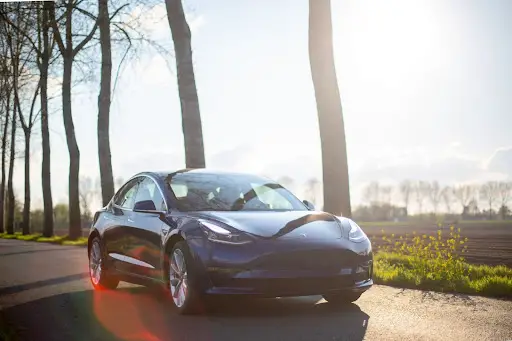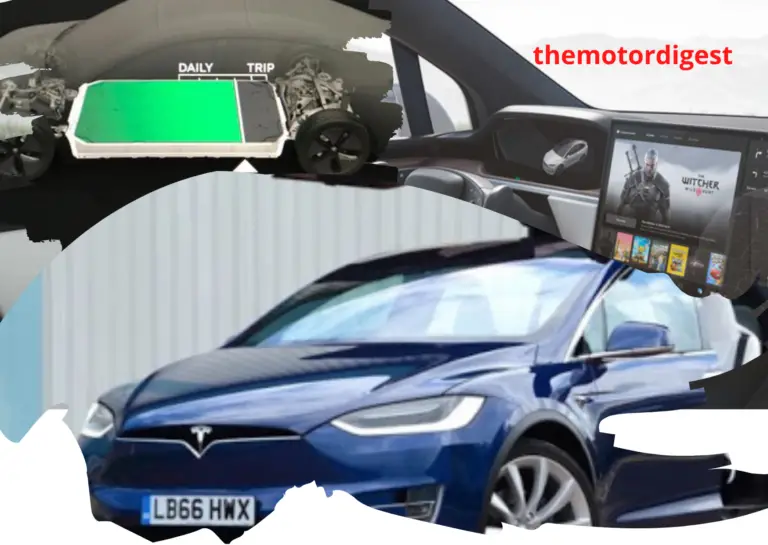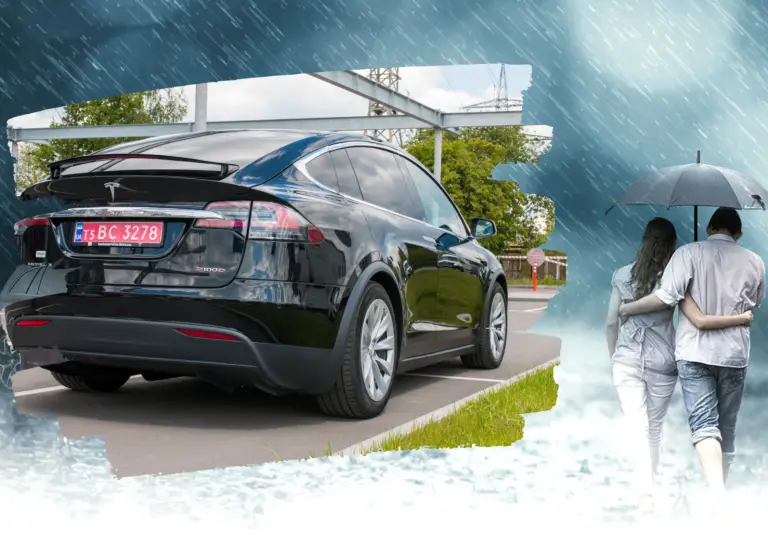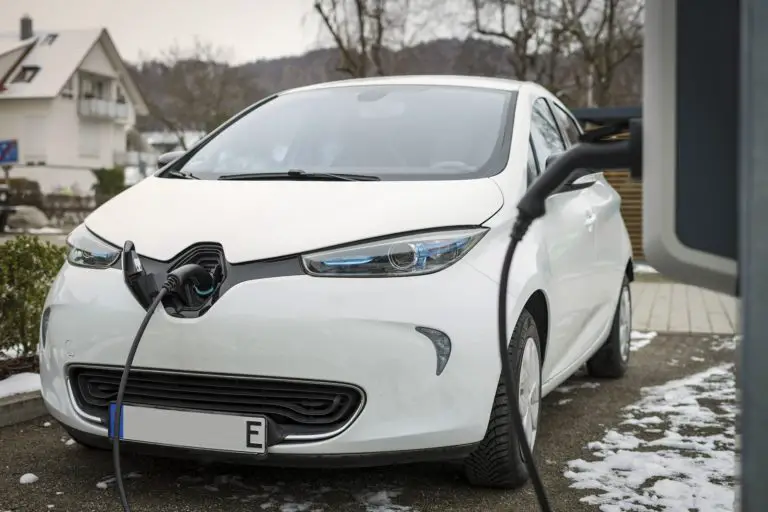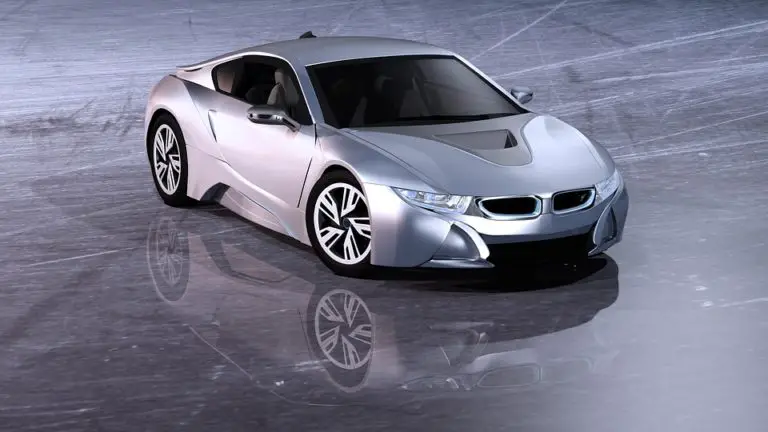How Much Voltage Do Tesla Battery Packs Have?
As an energy company, Tesla has successfully produced electric cars with outstanding battery packs. Its rechargeable batteries are of Lithium-ion type, which is pretty energy-efficient. You may wonder how much voltage these battery packs have?
The voltage of Tesla batteries can be different across various Tesla models. Here’s the voltage of Tesla car batteries:
- Model 3: 350V
- Model Y: 360V
- Model S: 450V
- Model S: 350V
If you’re interested in the battery packs of Tesla cars and have questions about them, read the remainder of this article to get your answers. We’ll delve into the Tesla batteries and see how much voltage and capacity each model has.
Table of Contents
- Tesla Battery Packs
- The Lifespan of Tesla Battery Packs
- How to Charge Tesla Battery Packs
- Bottom line
Tesla Battery Packs
Tesla’s power comes from its large battery packs placed inside its floor. Tesla battery packs are of lithium-ion type supplied by Panasonic. However, these lithium-ion batteries have their own sub-categories beyond our discussion.
Tesla has been using nickel-cobalt-aluminum (NCA) chemistry in its vehicles. This type of lithium-ion battery is made up of modules with thousands of small cylindrical cells whose exact number varies in different models.
The cells in these batteries are 1865-type, which are 18 mm in diameter and 65 mm tall. They’re made by Tesla’s partner, Panasonic, in the US Gigafactory – probably with the input that Tesla provides. This type of battery cell has a pretty long lifespan and excellent performance in different conditions.
But now, Tesla is going to change the battery chemistry in some of its cars. Tesla aims to shift to lithium-iron-phosphate (LFP) in its standard-range vehicles to increase its profit margins without raising prices.
The LFP battery cells are prismatic, which means the whole content of the battery casing is different. However, their chemistry is cheaper, and the required raw material is easier to supply. LFP cells are also more stable, making them much safer.
Despite it all, cold weather can affect the LFP battery cells, and because they’re less energy-dense, they’ve got a shorter driving range; so, Tesla will still use the NCA in its long-range Models.
The type of cells used in battery packs, the modules’ arrangement, and the exact number of cells vary among different models. So, let’s go through Tesla models and see what type of battery is used in each model.
Models 3
Model 3 is the most affordable one among Teslas. The older Model 3s have been using lithium-ion cells in their battery packs which are 350-volt (nominal, 400v max).
The standard range version of Model 3 is made of four modules with 2,976 cells in 96 groups of 31. It has a capacity of 62.3 kWh (224 MJ), of which 60 kWh (220 MJ) is usable.
However, the long-range version has 4,416 cells arranged in 96 groups of 46. While the battery capacity for those produced in 2020 and earlier have been 75 kWh (270 MJ) with 70 kWh usable, vehicles made since November 2021 have an 82 kWh (300 MJ) capacity.
Model Y
Tesla Model Y is designed and produced based on the Model 3 (75% of their parts are the same), so it’s not surprising that its battery pack is also somehow similar to that of the Model 3. According to its owner manual, the Model Y battery pack is also a 360-v lithium-ion with 4680 cells and a 75 kWh capacity.
Model S
The Tesla Model S is a luxurious liftback first introduced in 2012 and is now considered its flagship. Its lithium-ion battery pack is made of 18650 NCA battery cells. Like other Tesla models, the model S battery capacity has changed a few times over time, but now it’s 100kWh. Its battery pack also has been about 375 volts, but now it’s increased to 450 V.
Model X
Model X is Tesla’s mid-size luxury crossover with falcon-wing doors. Like model Y, it’s based on another Tesla car platform, the Model S. It’s only available in long-range versions, and just like other Teslas, it uses lithium-ion battery cells with 100 kWh capacity. Tesla Models X runs at the nominal voltage of 350 volts.
The Lifespan of Tesla Battery Packs
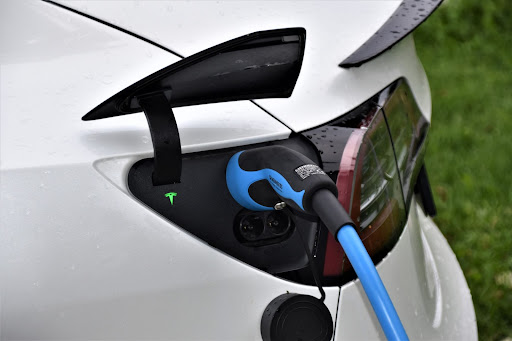
As mentioned, Tesla’s rechargeable battery packs are made of lithium-ion cells in partnership with Panasonic. Panasonic-made cells are among the most robust cells available today, but every battery has a lifespan, and Tesla’s are no exception.
Every kind of battery ages and inevitably loses some of its capacity, which in turn leads to a reduction in driving range. In fact, batteries age even if you don’t use them, but the main types of aging happen with time or usage – or both.
Aging with time is called calendar life, and aging from use is known as cycle life. They’re not separate forces working independently but are usually operating together and overlap – however, sometimes one becomes predominant.
Cycle Life
The cycle life of li-ion cells is defined as the number of full discharge-charge cycles it takes to lessen a cell’s capacity to some fraction of its initial state. After these cycles, the cell isn’t dead; it still has many cycles remaining and only operates with a lower capacity.
Among the factors that affect the cycle life of Li-ion cells, the most noteworthy ones are related to how you use them. For example, you should avoid charging such cells to very high or low states of charge (SOCs).
Charging between 2 to 95 percent – Voltages over 4.15V/cell and voltages below 3.00V/cell – is the best range for the battery. However, Tesla’s most recent Li-ion cells we mentioned earlier – the LFP cells – can be charged up to 100% without any damage.
Avoiding speedy charge or discharge rates and also charging in extremely low temperatures (below 0° C) can enhance the lifespan of your Tesla’s battery pack.
Calendar Life
As we said, this type of aging happens with time, even if you don’t use your batteries. Most of this capacity loss happens in their early life – usually during the first year – and then it continues to lose more capacity gradually and slowly.
The two main factors that affect the calendar life of Li-ion batteries are their lifetime average temperature and the amount of time they spend at a high state of charge. It means if they’re stored in a cold place like a refrigerator, and at a very low SOC, they’ll last the longest.
However, you don’t always have such conditions in a car. That’s why Tesla has come up with its innovative liquid cooling system that can keep its battery pack at a favorable temperature. It tries to maintain the cell’s temperature below 35° C and the average temperature of its lifetime below 25° C.
As said, the second influential factor on the calendar life is the battery’s state of charge. If the battery is at a high state of charge, its cells lose their capacity faster. To increase its lifespan, Tesla has limited its maximum SOC to 4.15V/cell – instead of 4.2V/cell in most other EVs.
It also allows the owners to choose an option that charges the battery to only 3.8V/cell (about 50%) or 4.10V/cell (about 90%). It reduces the calendar aging and further extends the battery life – of course, it’s only advised for when you don’t have a long trip ahead and don’t need its full range.
So, what does it all say about the actual performance of Tesla cars’ batteries? The aging process of batteries is inevitable in all EVs, including the Teslas –even the battery of the internal combustion cars degrades.
Losing battery capacity equals a reduction in range. All you can do is protect your car’s battery as much as you can and slow down the process. By doing so, you can expect Teslas with the most recent battery packs to drive between 300,000 to 500,000 miles or around 1,500 cycles.
After this number of cycles, your Tesla’s battery has lost almost 20% of its capacity, but it’s okay. While your car battery continues losing capacity, it happens more slowly, and you’ll still have around 80% energy storage capacity of its original state.
How to Charge Tesla Battery Packs
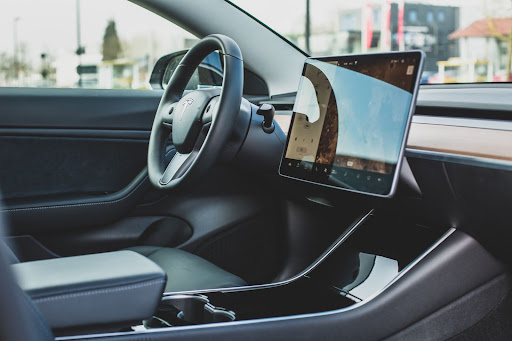
You have several options to charge your Tesla battery packs with: home outlets, wall chargers, Tesla superchargers, the generic EV charge stations, or even using a gas- or diesel-fueled generator.
While using the home outlets is completely feasible, it’s not efficient at all and can take many hours. Installing wall chargers can be a good alternative if you’ve got a private garage or parking. You can simply plug your Tesla into a wall charger and leave it overnight to get full for the following day.
However, the most efficient and fastest way to charge up your Tesla battery pack is using its supercharger stations which are now available in different points of the country and are increasing in number day by day. However, if you don’t have access to the Tesla stations, you can use the generic EV charge stations.
You can also charge your Tesla using a gas or diesel-fueled generator if any of the above methods weren’t available. While this method is the least efficient one, it can help you reach the nearest charging point at least.
Bottom line
Tesla battery packs are considered one of the most durable and efficient batteries in the world. It’s still going to create more long-lasting and improved battery packs to introduce EVs with a more extended range and better efficiency.
Batteries in each Tesla model have different voltages but they range between 350V and 450V.
Amazon and the Amazon logo are trademarks of Amazon.com, Inc, or its affiliates.

